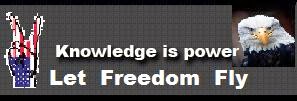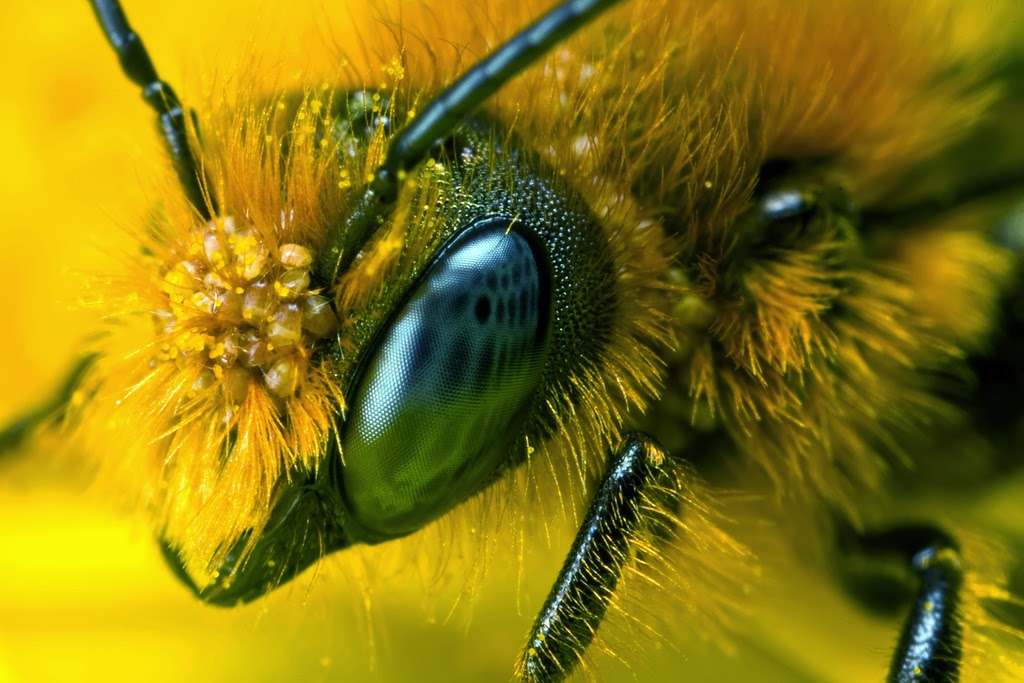
Pokeweed
A couple of years ago I decided to dig a little deeper into finding wild
edible plants that are around me. I had a very limited knowledge from a farming
childhood, and from working in an outdoor career. I had picked wild onions from
the yard, and my grandmother (Mamaw) had shown me Poke-weed, but I was extremely
limited to say the least. I didn’t remember how to prepare Poke, I just knew how
to identify it, and the fact that
it wasn’t safe to just pick and
eat.
Finding information on wild edibles
Now, we live in an amazing age, where you can click on a few buttons and get
a tidal wave of information pouring in. This can seem like a real positive until
you start trying to sift through the mass of general information and conflicting
opinions, and find real practical information for you to apply and use. So I was
able to find enough information on Poke-weed to add that to my diet, but I
wasn’t sure just where else to go. Should I just go pick stuff, or take photos?
How do I prioritize?
Some survival experts focus their programs on plants that are most common and
easily identified. This is because many plants are regional, and might only help
specific people, and there are a lot of dangerous even deadly plants that are
dead ringers for their edible counterparts. So for television their goals are to
reach the largest possible audience, and to avoid issues with mistakes in
identification. But as a local forager, my idea was to find as many edible
plants as possible outside my back door. (Now, I am also interested in natural
medicinals, but I will focus here on edibles.)

In the beginning, identification is really difficult.
You walk into the woods, and are bombarded with all the diversity and choices. I
do recommend you get a field guide, (Peterson’s are good.) But it’s almost like
there is so much visual noise, you can’t focus on a single plant.
And when you do, you still have to get past the fear of the unknown. After
all, getting it wrong can be deadly. You have read general rules like “all
thistles are edible.” But when you actually go to the woods, you stand there and
wonder….. is this a thistle or are there look-a-likes? Edible how? These spines
seem like a lot of work…. Hmmmmm what else is there?
And it seems
overwhelming.
So I started by looking online, and finding an expert who was giving an
edible weed-walk near me. My premise was that whatever he would show in his
class would likely be near my house too. I was fortunate enough to find that one
of the most known and respected guys in this field lives in my state, and gives
walks at a park about 25 miles from me. Now for plant species, that is fairly
close. The only thing I had to consider was that the park he teaches at is by
the ocean, and I am inland, so there will be some plants that aren’t at both
locations.
At this point some of you might be thinking, “Wow, you took four hundred
words to tell me to get a teacher.” But give me a minute to explain further. He
has a website (
www.eattheweeds.com) And on it, I found the information about
his program, and I looked up his list of what plants he usually finds in this
park. So before I even spent a dime on classes, I had a list of plants that were
pretty likely to be near me. I printed pictures of each of these plants, and
made a notebook with room for notes, and went for a walk.

Elder
I found Elderberry, Caesar Weed, Poke-weed, Amaranth and several others, but
only because I had narrowed down what I was looking for to plants that I was
fairly sure were in my area.
I also found a couple that I thought I had right, but just wasn’t sure. So I
just marked them on my notes with plans to check them again later.
I went
back inside and started looking up as much as I could on the exact plants that I
had found out back. I found a lot of information including recipes. But I didn’t
just start chowing down, just in case I had blown the identification.

Purslane
NOW, I booked a class with the expert. He was due in my area in a couple
weeks. Just before I left for his class, I gloved up, and picked a couple stems
of the plants I was unsure of. These I took with me.
I arrived at the class,
and it was awesome. He was showing so many plants that I had already found. And
one of the plants I was unsure of, he pointed out and we all picked a leaf and
tasted it. (This is now my favorite wild edible Purslane.)

Sea Purslane
He also showed us a cousin of that plant, usually found on beaches, Sea
Purslane. On a whim, I broke off a stem and put it in my backpack. Now I have
several Sea Purslane plants growing in planters around my yard.
And this started my final step in this project, propagating wild plants
around me. Because they are wild, these plants are still aggressive and
hardy
. They
are easy to break and plant. So it has become a project to plant as many of
these secretly edible plants as possible around me.
I am still a young student in terms of gathering wild edibles, but by
approaching it in the way I did, I have several plants around my home that I
don’t have to worry about sharing with the neighbors. They just think they’re
weeds!
Plant identification sources:
Book: Peterson’s Field Guide (Find the one for your area at your
bookstore.)
www.eattheweeds.com
This is my go-to site. You will also find on this site a list of instructors
around the country.
http://wildness.me/
www.free-wild-food.com
http://plants.usda.gov/
article source --
http://americanpreppersnetwork.com/2014/02/wild_edibles.html
Brought to you today by Mark Weaver
http://DEtoxwithDE.com http://heavenandearthpowder.info
http://healthyadvantage.blogspot.comhttp://mwweaver.comhttp://blastyoururl.comDiatomaceous
Earth for Your Health(DE) aka Fossil Shell Flour ... Some of the 1500 everyday
uses for DE -->> L•¿•K at these Keywords -->> Adult Health,
More Energy, Bone Health, Bursitis, Arthritis, Lower Cholesterol, Brain/ Mood,
Candida, Cardiovascular, Detoxification, Regular Bowel Movements, Lowering Of
Blood Pressure, Complexion, Sinus, Cough, Eliminate Parasites, Diabetes,
Hemorrhoids, Digestive Health, Hair/ Nails, Skin Care, Hay Fever, Immune
Health, Joint Health, Muscle Growth/Regeneration, Skin, Sleep/ Relaxation,
Stress, Weight Loss, Parasites, Colon Cleanse, Colon, Women's Health, Men's
Health, Bug Control, Fleas, Bed Bugs, Ants, Spiders, Roaches, Flies, Lice,
According to a top cancer researcher, it is also the best natural chelating
product available(and affordable) - for pulling heavy metals from the
bloodstream. Many believe that the increase in the number of cases of Heavy
metal poisoning has occurred in part due to mercury in vaccines, fluoridated
water, deodorants with aluminum, some seafood, foil wrap, cooking in aluminum
cookware, and a number of other ways. .... and now even found to help with
effects from... YES "chemtrail/geo-engineering and radiation fallout,also in
recent studies may remove food additive toxins too along with
fluoride"



















